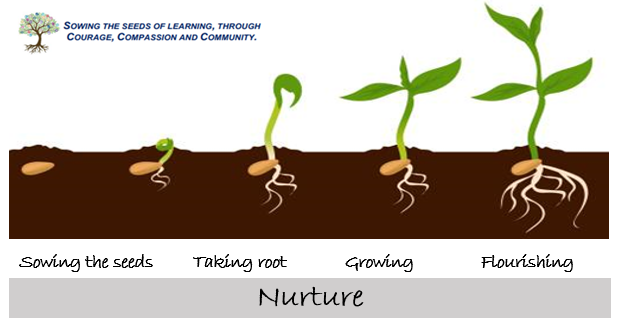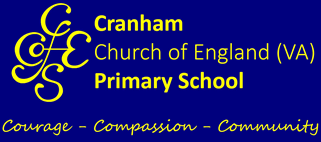Spanish Implementation: How we teach and learn...

The focus language at Cranham is Spanish. Children are introduced to small amounts of Spanish in KS1 by learning greetings, taking the register in Spanish and learning some songs.
Across KS2, we use a curriculum constructed to support the teaching and learning of Spanish, designed to cover all of the objectives set out in the National Curriculum. Throughout the Key Stage, children will reinforce and build on previous learning through songs, games, role-play and other spoken and written tasks.
We use a variety of the following techniques to encourage active engagement with Spanish including:
- Songs – to reinforce vocabulary, pronunciation and memory
- Games – to improve recall and understanding of vocabulary through repetition
- Role-play – to practise conversation for practical purposes
- Stories – to introduce or review vocabulary learnt and provide context
- Writing – to help to embed certain phrases and encourage learners to adapt those phrases
- Cultural topics – to deepen understanding of events or celebrations in Spanish-speaking cultures
Children will have the opportunity to listen to a range of native speakers as well as the teacher, through recordings, videos or visitors. The children will be introduced to familiar stories in the target language so that they may begin to read carefully and show understanding of words and phrases.
Each topic will have a clear objective in relation to the main vocabulary and phrases to be taught so that recall and understanding of these can be assessed by both the children and the teacher at the end of the topic. Children should be aware of their own progress through regular opportunities for self-assessment and reflection on what they have learnt. During lessons, learning is assessed through brief conversations in Spanish, such as through a relevant question and appropriate response, or through a written response. General feedback on pronunciation or spoken responses may be given to the class, as well as more targeted verbal or written individual feedback throughout the lesson. Teachers will use their assessment of spoken and written language to determine the level of progress and inform next steps or areas to review. Children are praised for any attempts in the target language and are encouraged to support each other in pair or group tasks.
